A Brief History of Data Visualization
Jet Global
JULY 12, 2023
Editors note: This blog was originally published in October 2013, and has been completely revamped and updated for accuracy, relevancy, and comprehensiveness in September 2019 Prior to the 17th century, data visualization existed mainly in the realm of maps, displaying land markers, cities, roads, and resources.

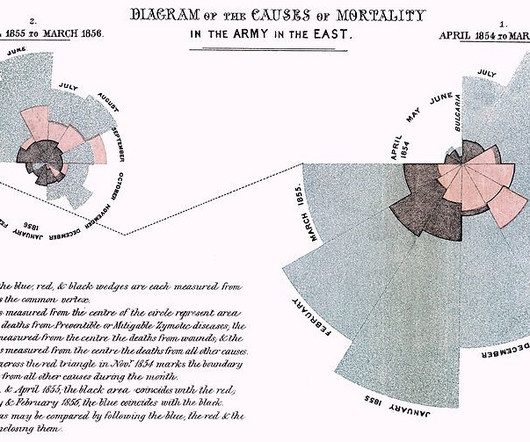

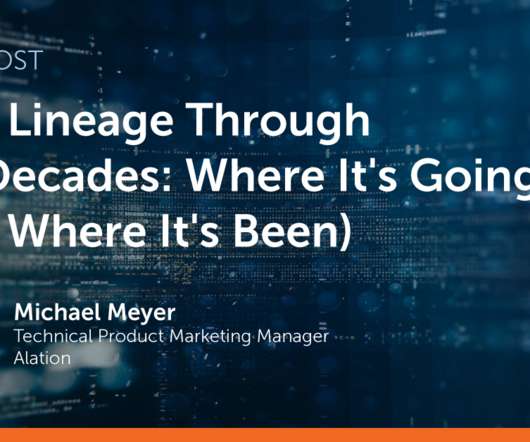



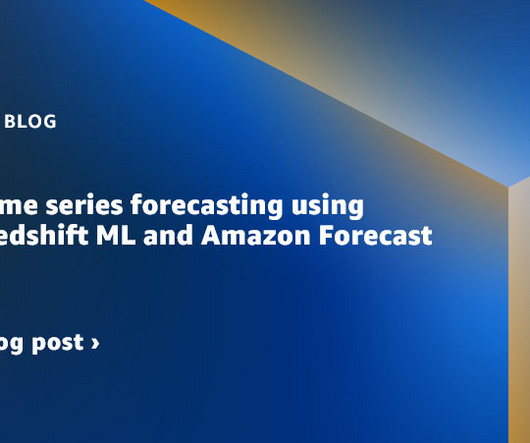



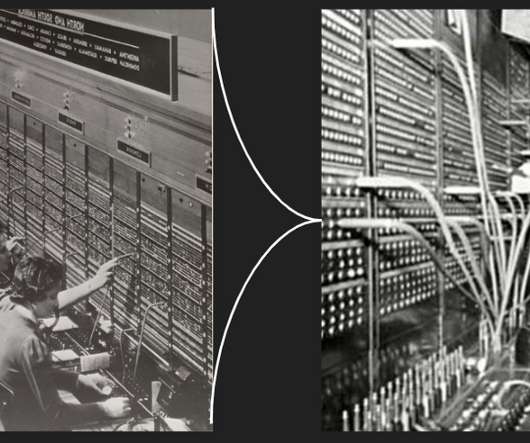


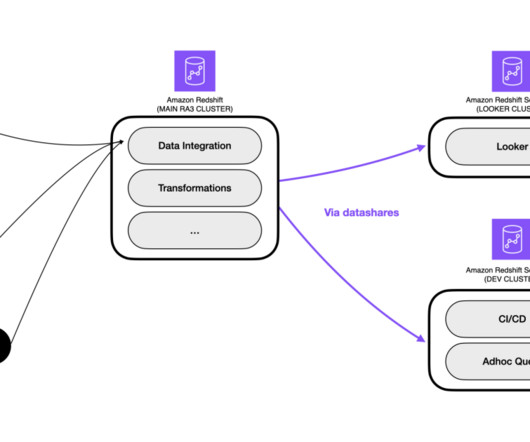

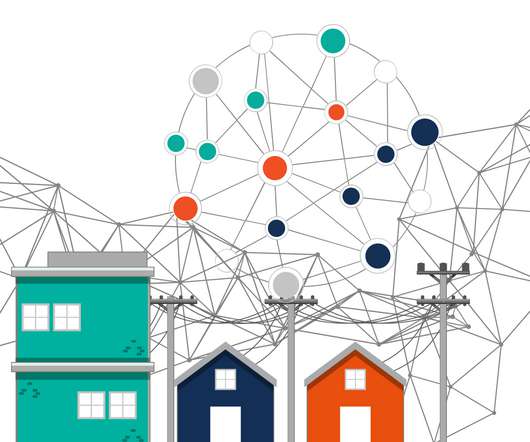












Let's personalize your content